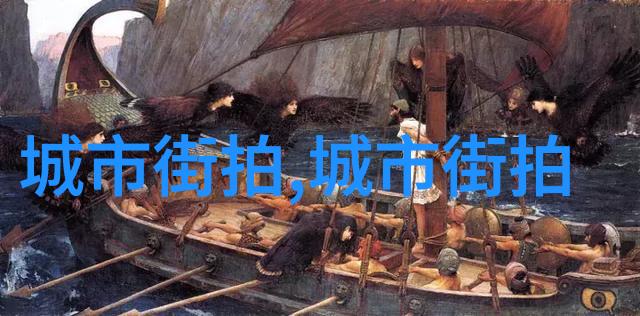• The Roaring Twenties: A Decade of Cultural and Literary Renaissance

The 1920s, often referred to as the Roaring Twenties, was a time of great cultural and literary revival in England. It was an era marked by significant social change, economic prosperity, and technological advancements. This decade saw the rise of new literary movements such as Modernism and Surrealism, which challenged traditional forms of storytelling and pushed the boundaries of language.
• The Golden Age of Detective Fiction: Agatha Christie's Pioneering Work

Agatha Christie is widely regarded as one of the most influential writers in English literature history. Her pioneering work in detective fiction helped establish her reputation as "Queen" or "Queen Mother" among other crime writers. With over 66 million copies sold worldwide during her lifetime alone, she remains one of the best-selling novelists ever written.
• The Brontë Sisters' Gothic Romance: A Legacy that Transcends Time

Charlotte Brontë's Jane Eyre (1847) and Emily Brontë's Wuthering Heights (1847) are two iconic novels that have captured readers' hearts for generations. Their works are considered masterpieces within their genre due to their vivid descriptions, strong female characters with agency over their own lives and choices—uncommon at this time—and complex portrayals of love relationships.
• Virginia Woolf's Stream-of-Consciousness Narrative Style

Virginia Woolf is known for developing stream-of-consciousness narrative style—a technique where unstructured thoughts flow naturally without punctuation or clear transitions between sentences—within modernist literature circles. Her most famous works include Mrs Dalloway (1925), To the Lighthouse (1927), Orlando (1928), A Room Of One's Own (1929), all published during this period when she was a prominent figure in Bloomsbury Group.
• J.R.R Tolkien’s Middle-earth Chronicles: An Epic Fantasy Saga Born from Love for Language & Mythology

J.R.R Tolkien is best-known for his fantasy novels set within Middle-earth—the world he created through his writings including The Hobbit(1937)and its sequel LordoftheRings trilogy published between 1954-1955—are considered some kindof classic epic fantasies today . His love for languages led him to invent Elvish languages Quenya & Sindarin while working on these stories; they've become integral parts throughout his books making them feel even more immersive experiences than many fans could ever imagine possible before reading them!



